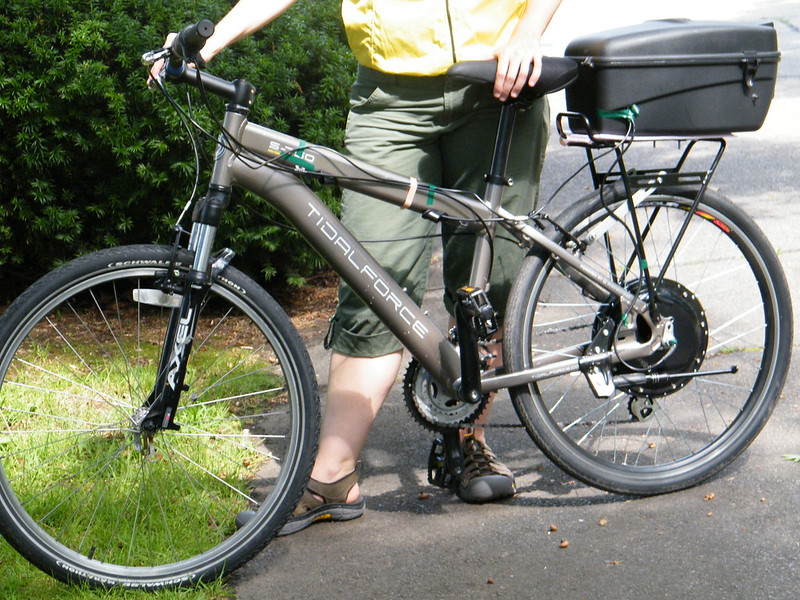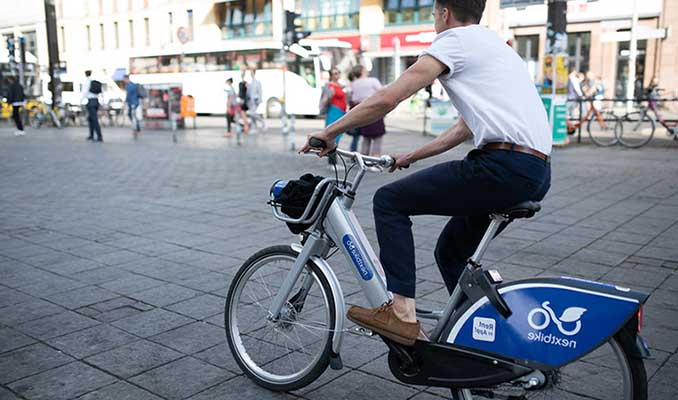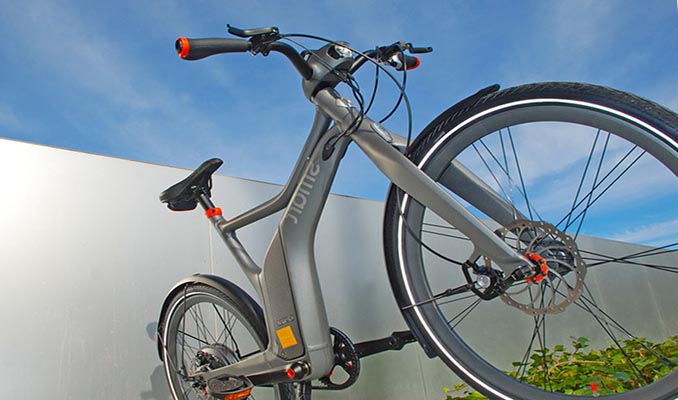Do you want to buy an e-bike? Electric bikes and the summer season are a well-established combination, as evidenced by the constantly growing sales figures. However, buying an e-bike is also an investment.
We want to share some basic tips to help you choose the right one for you. With a request to the experts: supplement this small guide with your own insights, always valuable if they come from field experiences.
Related:
Do you want to buy an e-bike, but what exactly are we talking about?
First of all, we need to clarify, especially for beginners. Not all e-bikes are the same, and they don’t follow the same rules in every country. In the United States, the maximum speed limit for electric bicycles (e-bikes) is typically 20 miles per hour (32 kilometers per hour). However, specific regulations may vary between states and municipalities, so it’s essential to check local laws for any variations.
In European, those that reach a maximum speed of 25 km/h and have a 250 W motor can freely circulate. The European Union classifies e-bikes into different categories, and the speed limit mentioned here applies to the most common category known as “Pedelecs” or pedal-assist bicycles.
As soon as the cyclist pedals, the motor engages. The more intense the pedaling, the higher the speed. The assistance provided by the electric motor helps especially in steeper climbs or against strong headwinds. The level of assistance is adjustable. That’s why they are called pedal-assist bikes.
Do you want to buy an e-bike, but what about higher power?
On the market, especially on the internet and crowdfunding websites in particular, you can find e-bikes with a considerably higher power. Self-propelled electric bikes, also known as motorized bicycles, are different because they have a throttle. In other words, they “go on their own”.
They also have a power that can reach 1000 W and beyond and can reach a maximum speed of 45 km/h. They are therefore more similar to scooters than bicycles. Not surprisingly, the Highway Code includes these vehicles in the category of mopeds. To use self-propelled electric bikes, you need to have a helmet, motorcycle liability insurance, and a license plate.
Why buy an e-bike?
In addition to the obvious benefits of a motor that helps climb hills more easily and with less effort, there are many other advantages. For those who have had an injury or have limitations that prevent them from exerting themselves on a regular bicycle, e-bikes allow them to continue pedaling rather than completely giving up the pleasure of being on a saddle.
Electric bikes bridge the gap between short trips that can be covered on foot or by bicycle and longer journeys where a train or car might be necessary. You can commute to and from work faster on an e-bike and turn to be a commuter into an opportunity to pursue your sports passion.
They can be a valid substitute for a second car with all the easily understandable environmental and economic benefits.
Why do some people call them a “scam”?
Purists of traditional bicycles do not look favorably upon the use of e-bikes. There are many reasons, but they stem from a misguided assumption. The two types of bikes cannot and should not be pitted against each other.
Under no circumstances could an e-bike be used competitively against regular bicycles. For years, there has been a hunt for so-called “mechanical doping,” but now the fear seems to have subsided. Many studies have shown that e-bikers engage in highly effective aerobic exercise.
Most e-bikes have power level settings on the handlebars that allow you to decrease the power for a greater physical workout or increase it for assistance. In short, to each their own.
How do you choose the best e-bike?
It is impossible to make rankings. If you want to buy an e-bike, know that the range is so vast that something will inevitably be left out. The only fundamental question is to know what type of e-bike you need.
The simplest choice is a city or hybrid e-bike, suitable for a variety of uses, including short trips, leisurely rides, and daily commutes. If you prefer off-road cycling, the answer is an e-mountain bike (e-MTB). They are certainly the most popular type of e-bike.
Enthusiasts have discovered that a bit of electric assistance allows them to go off-road on challenging trails with less effort. But let’s not forget cargo e-bikes, which are essential for domestic transportation and home deliveries. Finally, but certainly, not least, there are folding e-bikes, which are crucial for those who need the last mile of their journey after traveling by train or subway.
Is the battery charge enough?
Since the range of an e-bike depends on various factors, a generic answer is not possible. Its duration largely depends on the altimetric profile of the route, the rider’s body weight, and the chosen level of motor assistance.
The higher the power output of the motor, the shorter the battery life. With most electric bicycles, you can cover an average of 50 to 100 km without recharging.
For those embarking on a long bike tour where there is no possibility of recharging the battery, it is advisable to have a spare battery. Although e-bikes can be used as regular bicycles by pedaling.
Where do you recharge the e-bike?
A standard power outlet is sufficient, so you can charge it at home, in the office, or in public places. Of course, even the most efficient charging times cannot go below two and a half hours. So, you need to plan ahead. You can also charge the bikes at car charging stations, which are now available everywhere.
Maintenance of the e-bike
It is not true that an e-bike does not require maintenance. Even an electric bike is subject to wear and tear. Many workshops specialize in repairing electric bicycles. It is advisable to have a check-up on brakes, gears, motors, and tires once or twice a year. Furthermore, sooner or later, the battery will need to be replaced, and that can be a significant expense.
How long does the battery last?
Check the manufacturer’s indications regarding the maximum lifespan of the battery. The most long-lasting batteries are lithium-ion ones, which typically last around five years. The battery’s lifespan depends on how frequently it has been recharged and whether it has been used appropriately.
To prolong its life, it is advisable to always use original chargers, avoid temperature fluctuations, and never completely discharge the battery, especially when not in use.
Can a regular bike become an e-bike?
Certainly. There are now kits available that can turn any type of bicycle into an electric one at affordable prices. We have talked about them many times on our website, presenting many different kit models.
The recommendation for everyone is to read the instructions and manufacturer’s recommendations carefully, and perhaps rely on a trusted mechanic if you are not knowledgeable about mechanics. In short, if you want to buy an e-bike, it’s best to gather information thoroughly…










